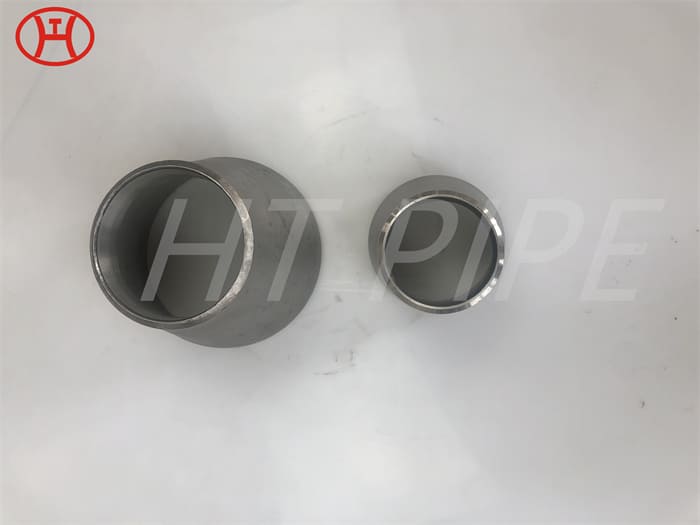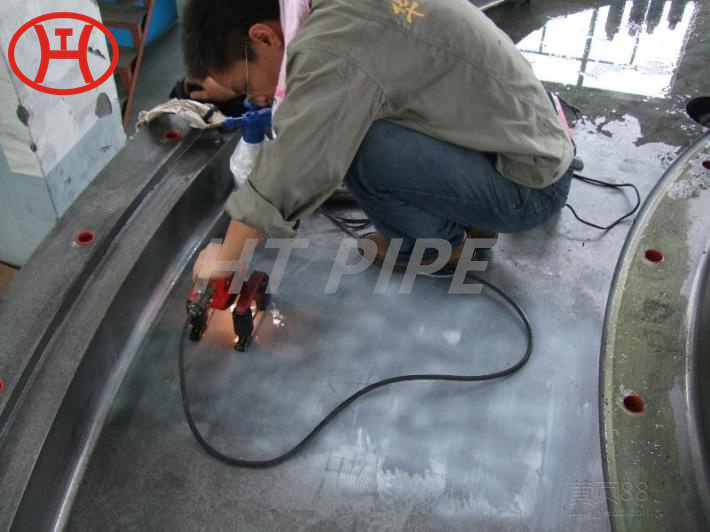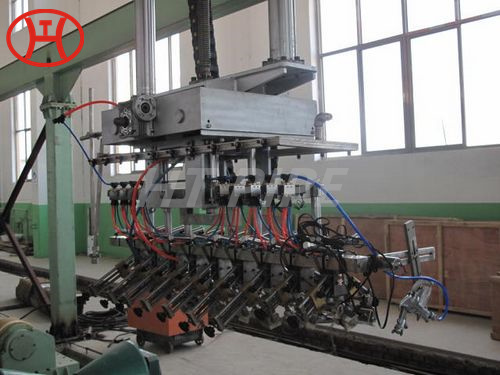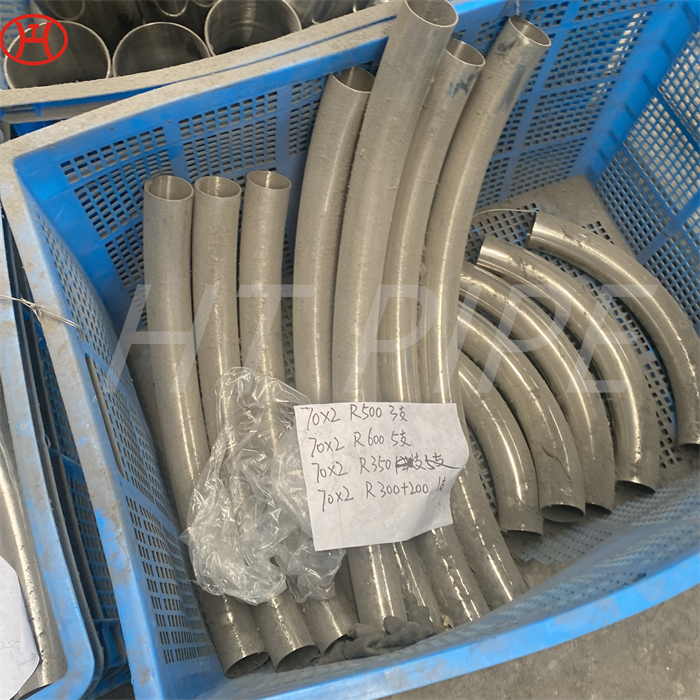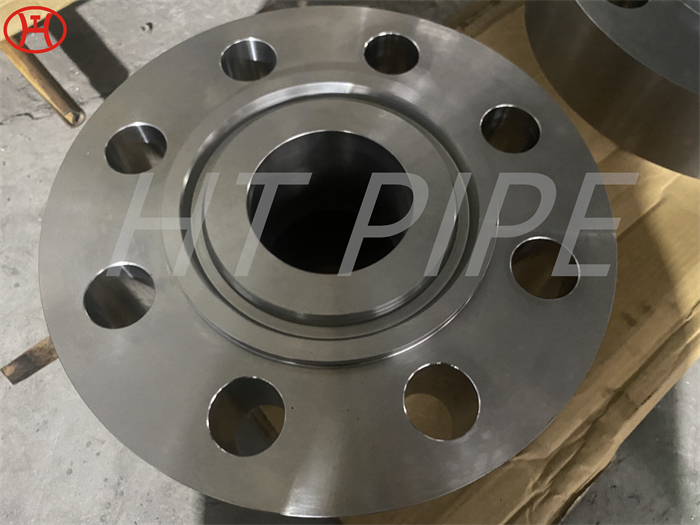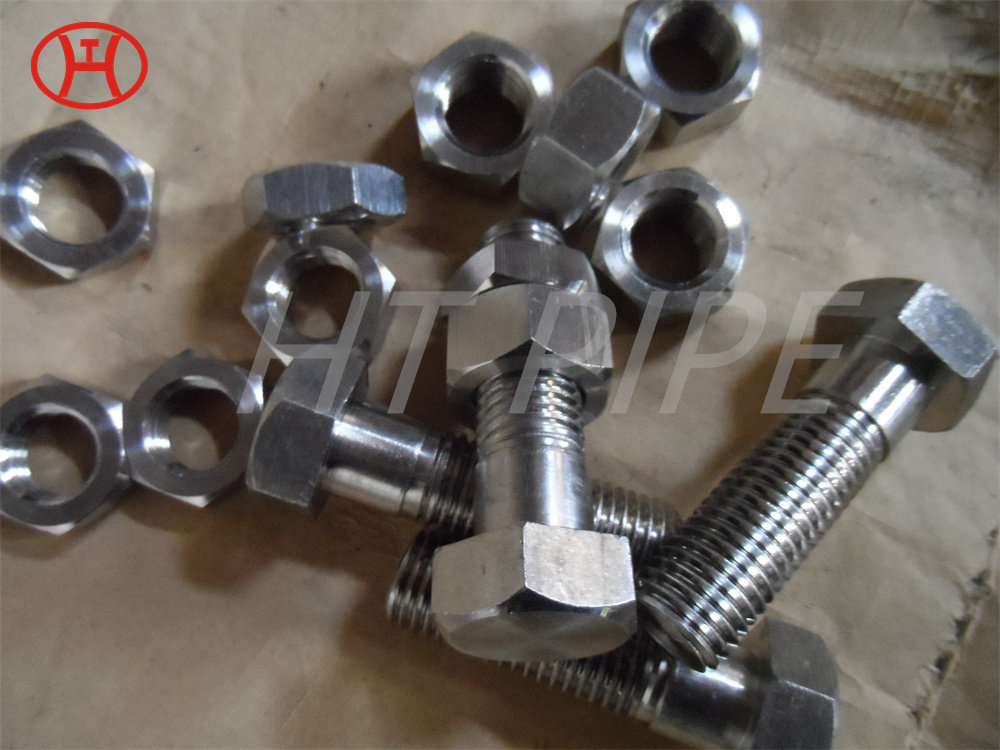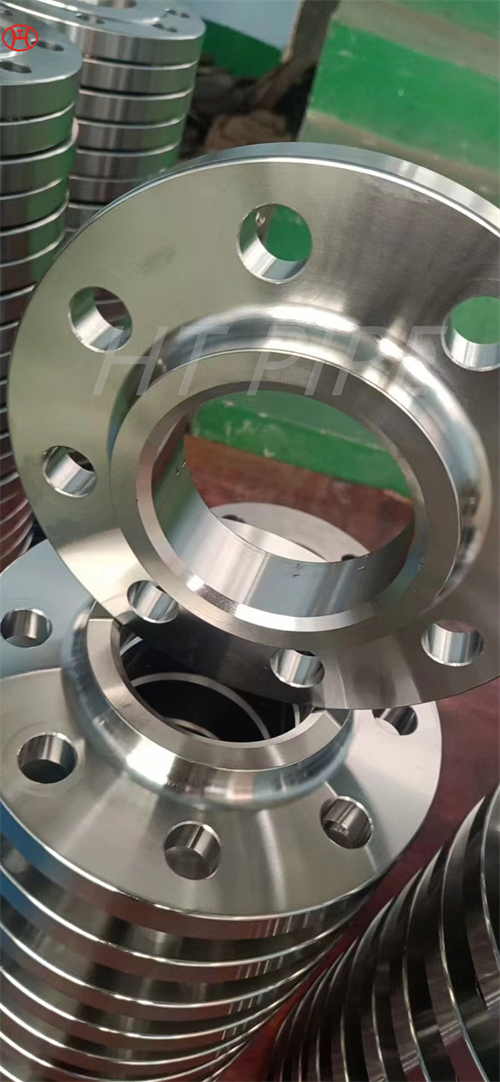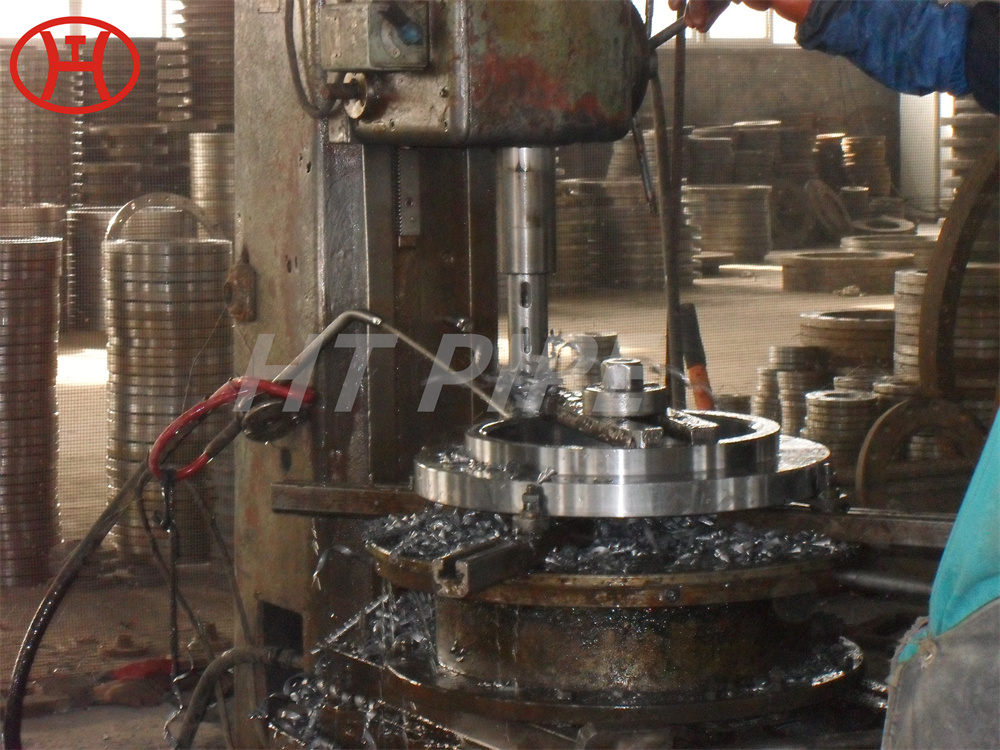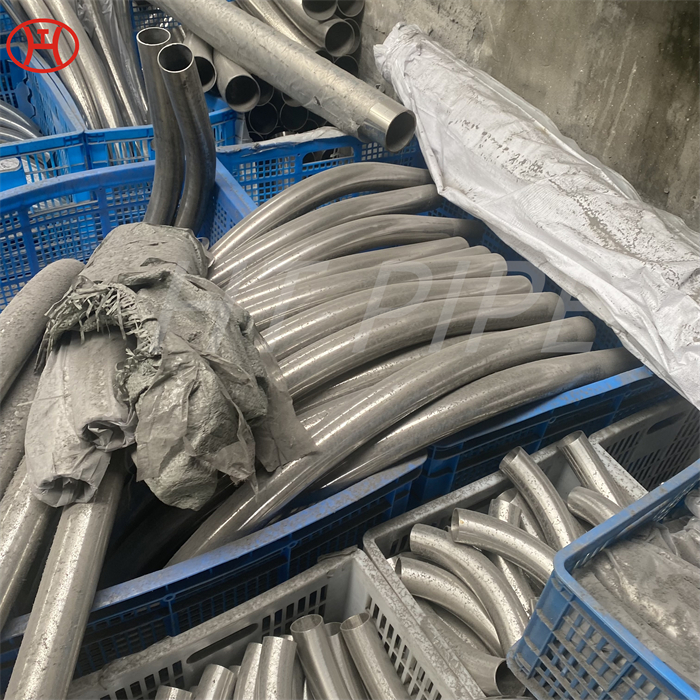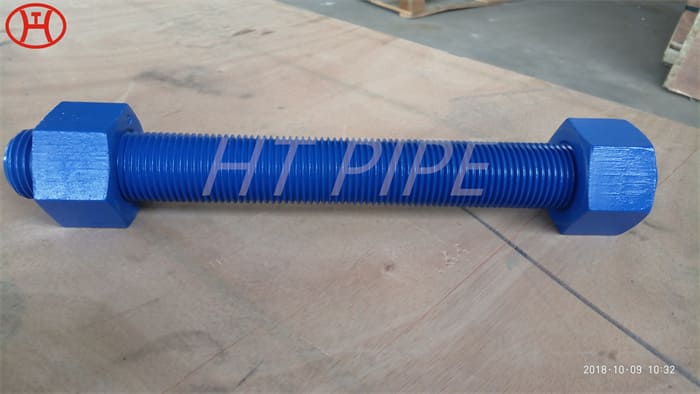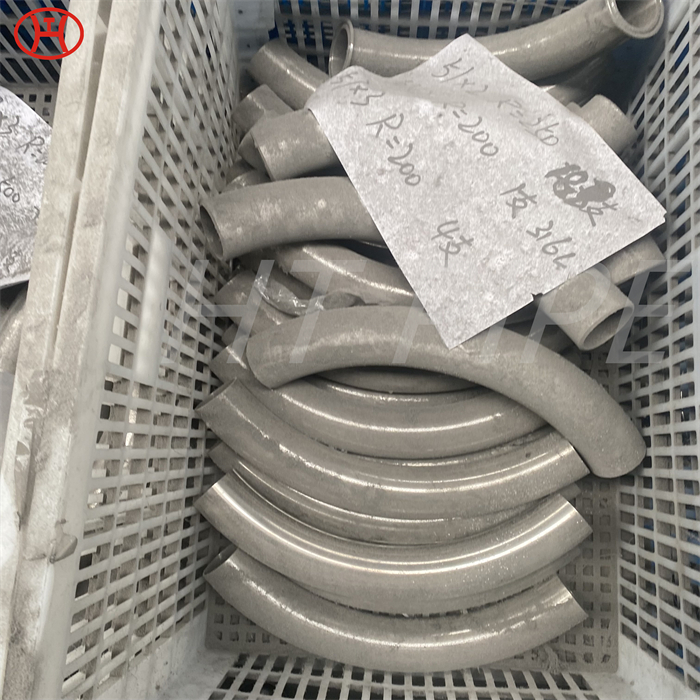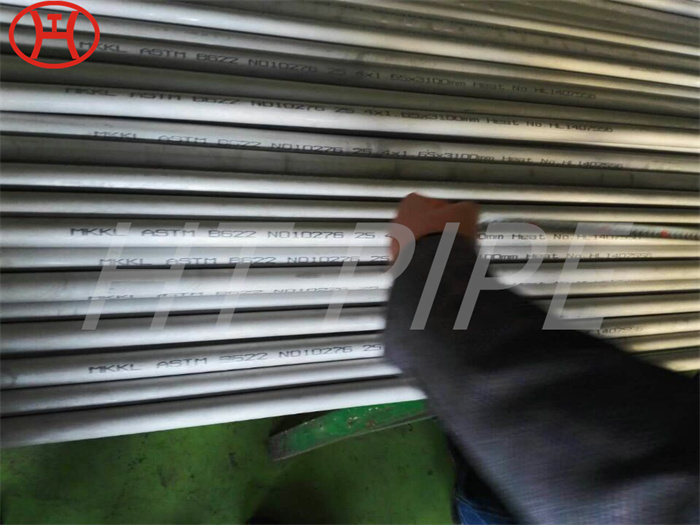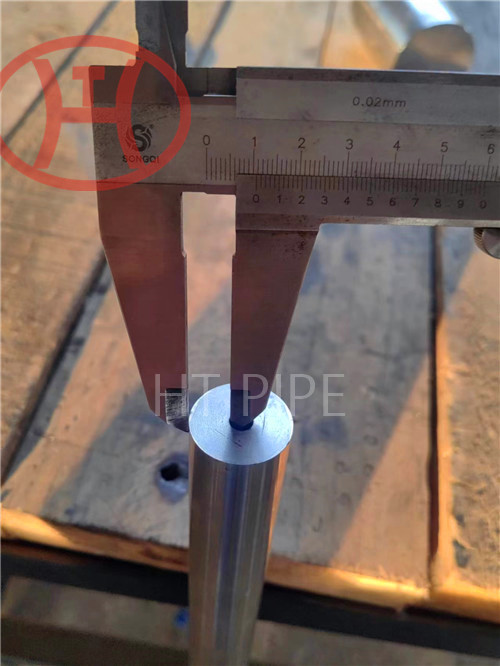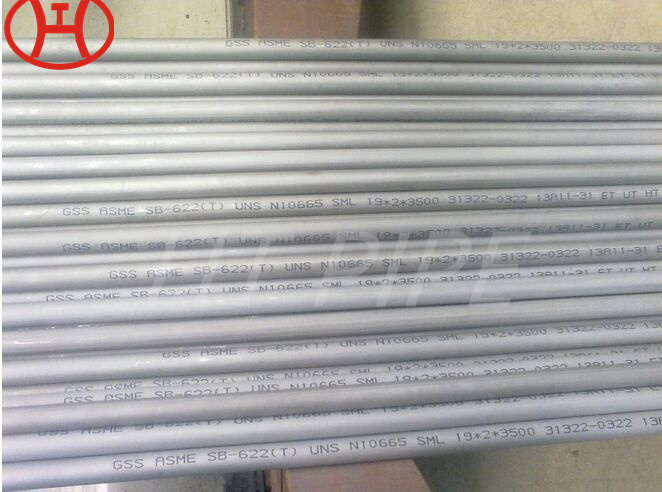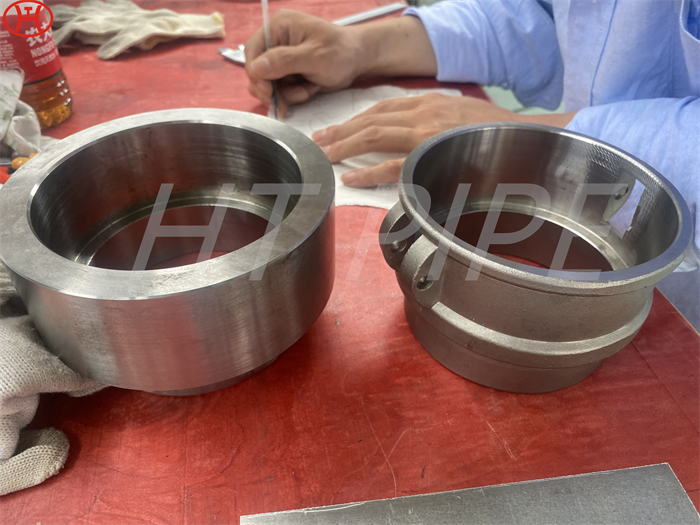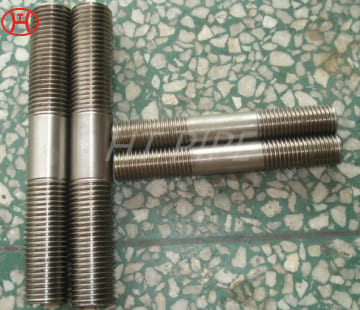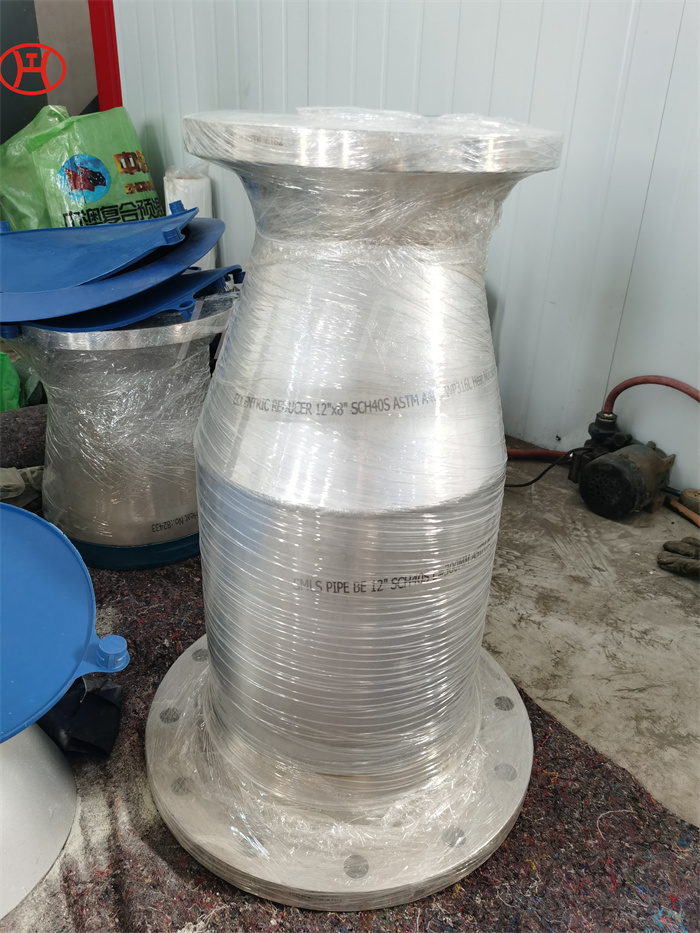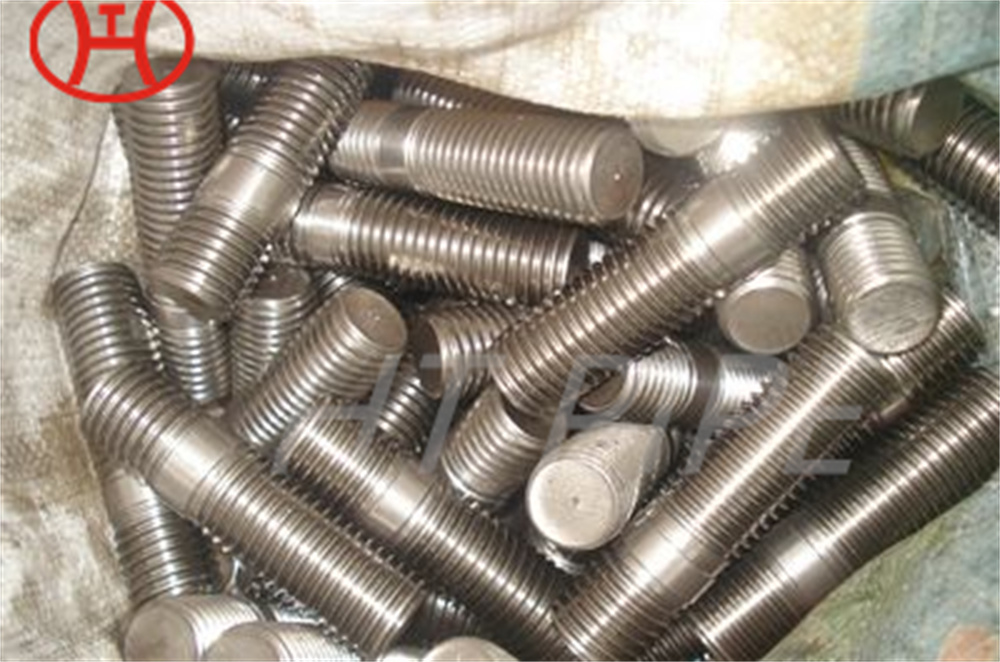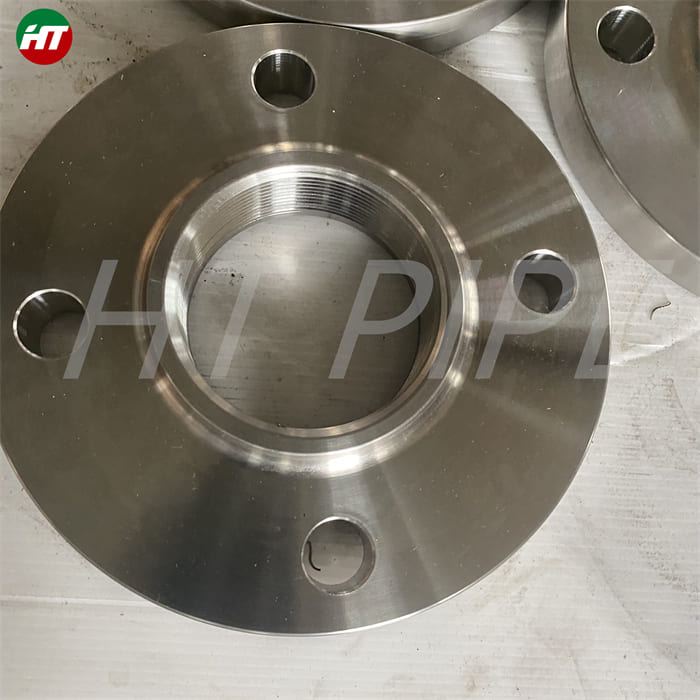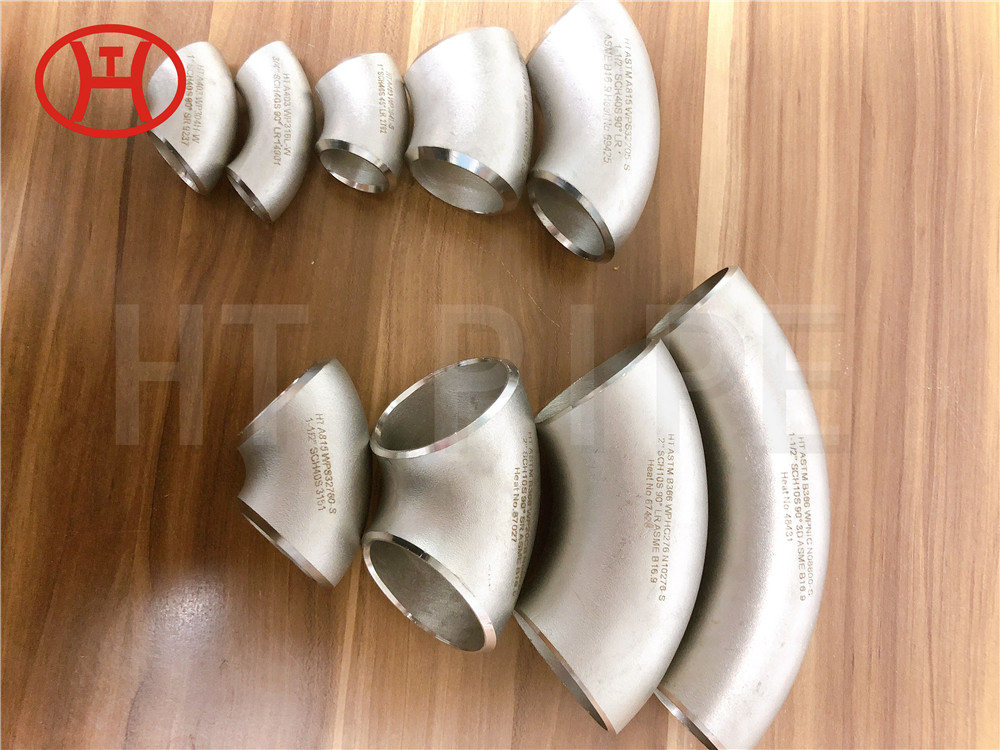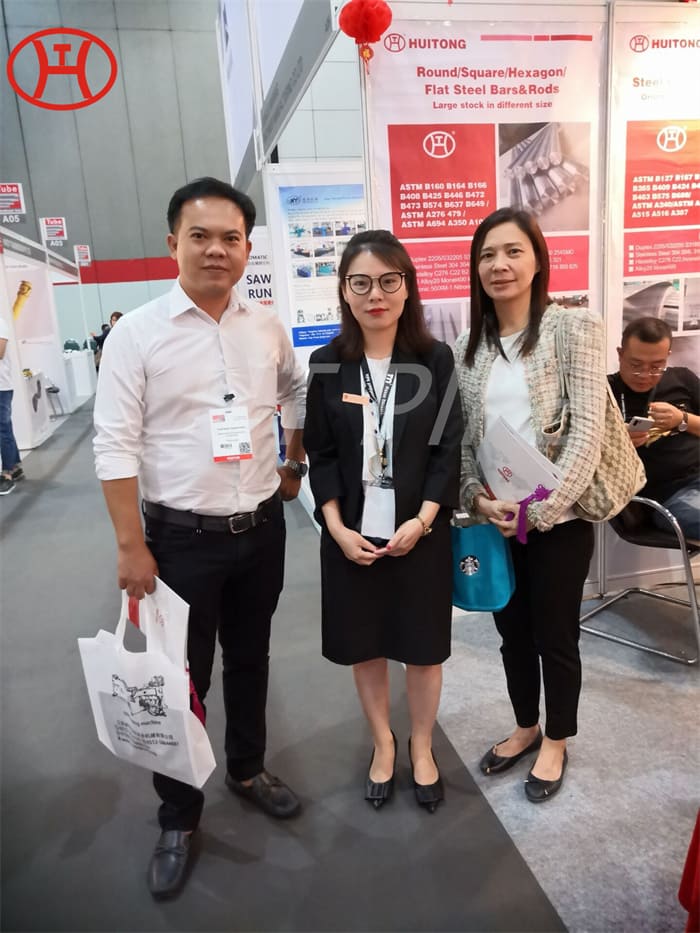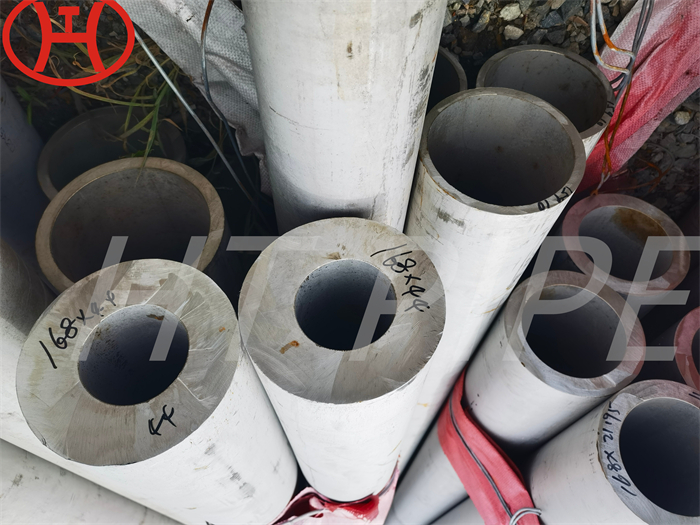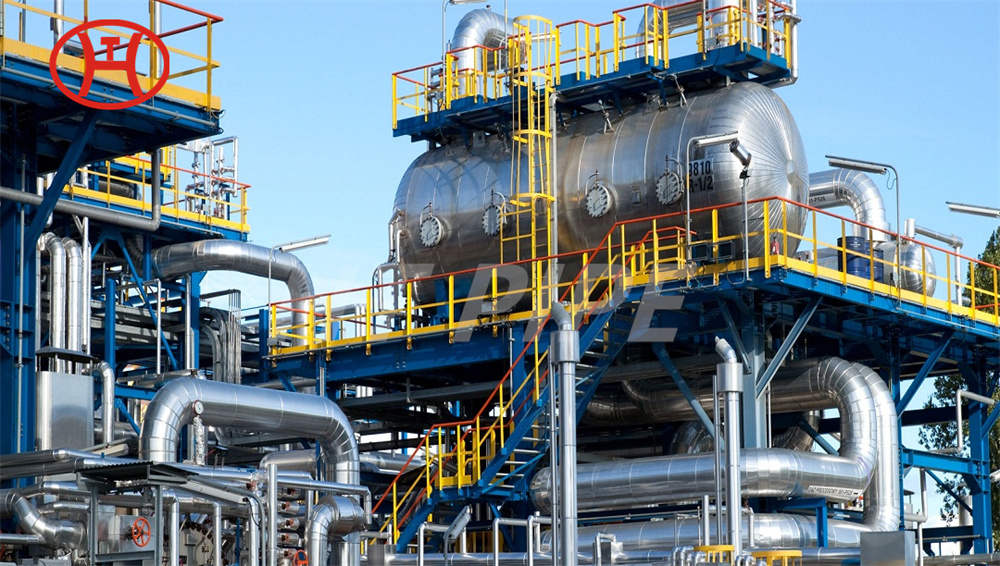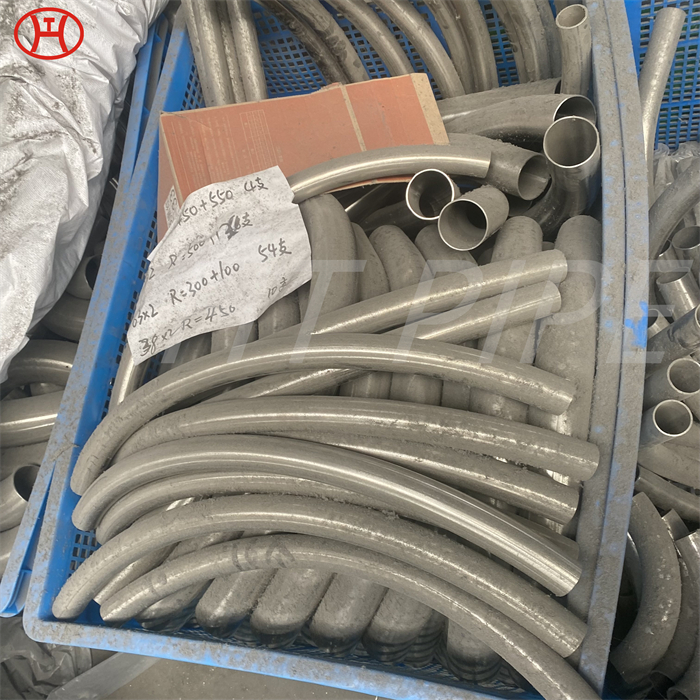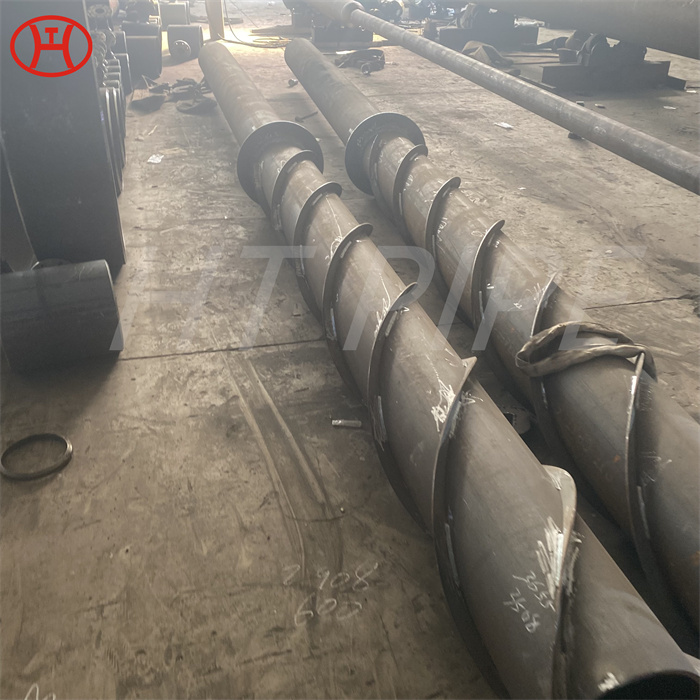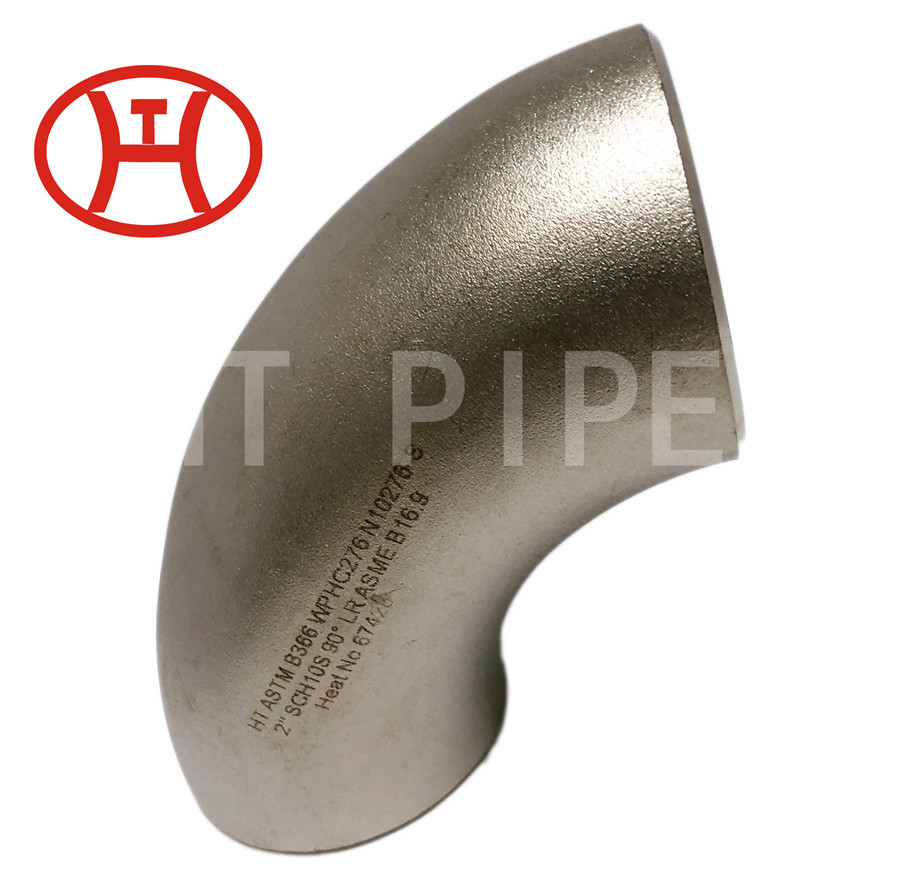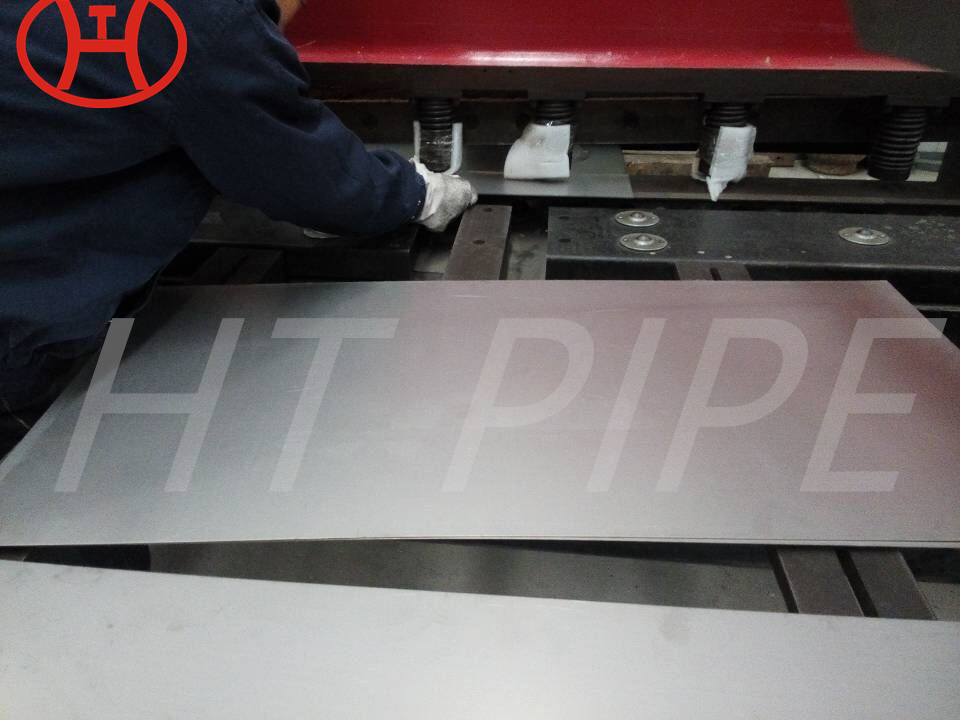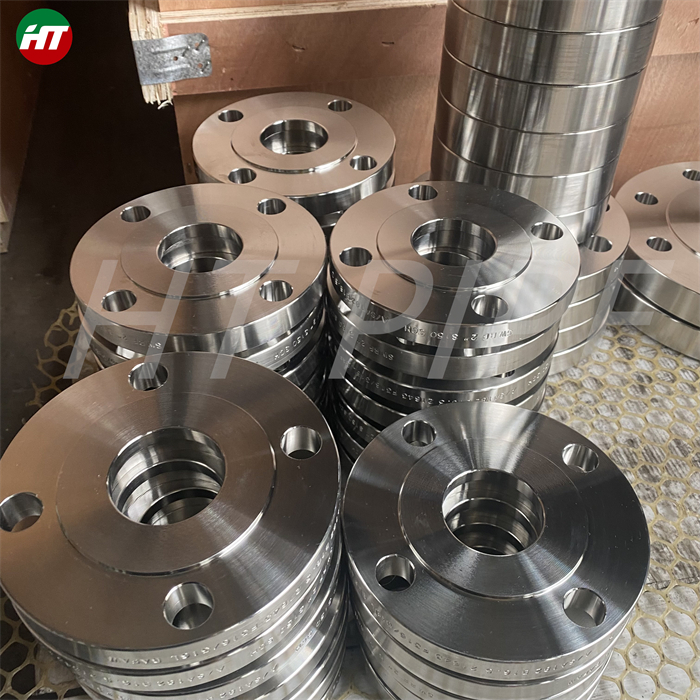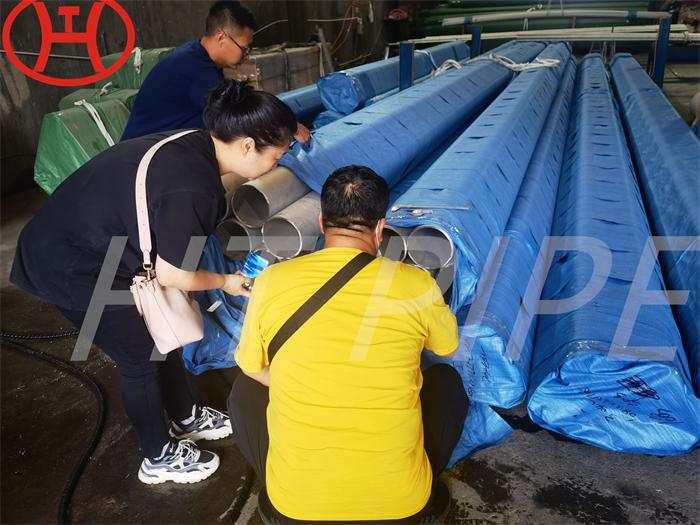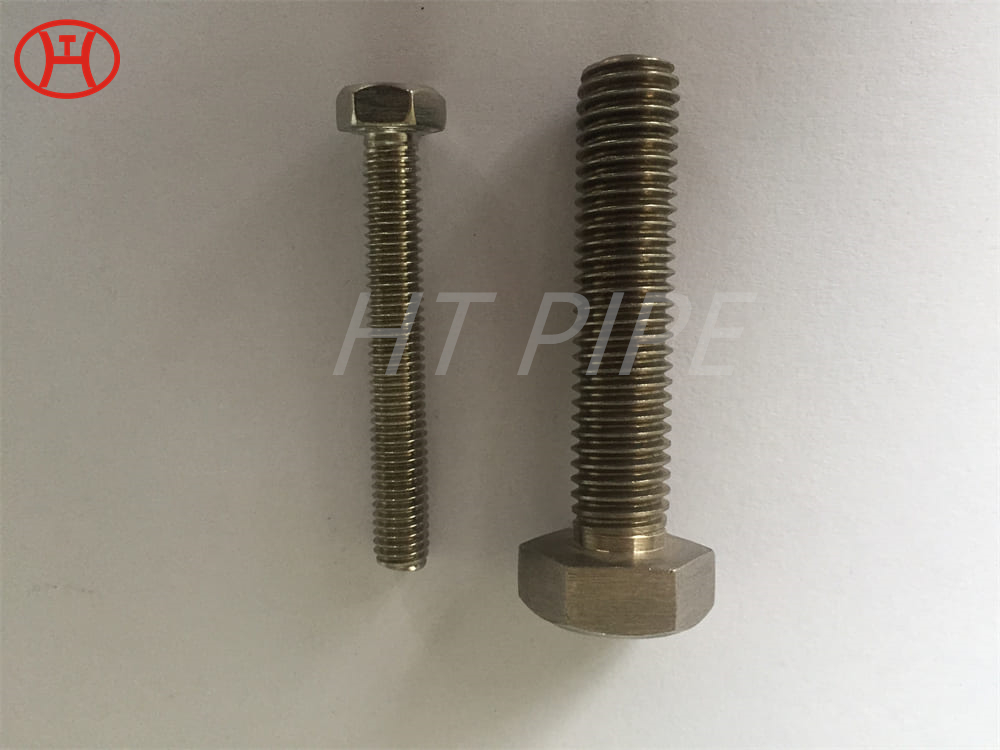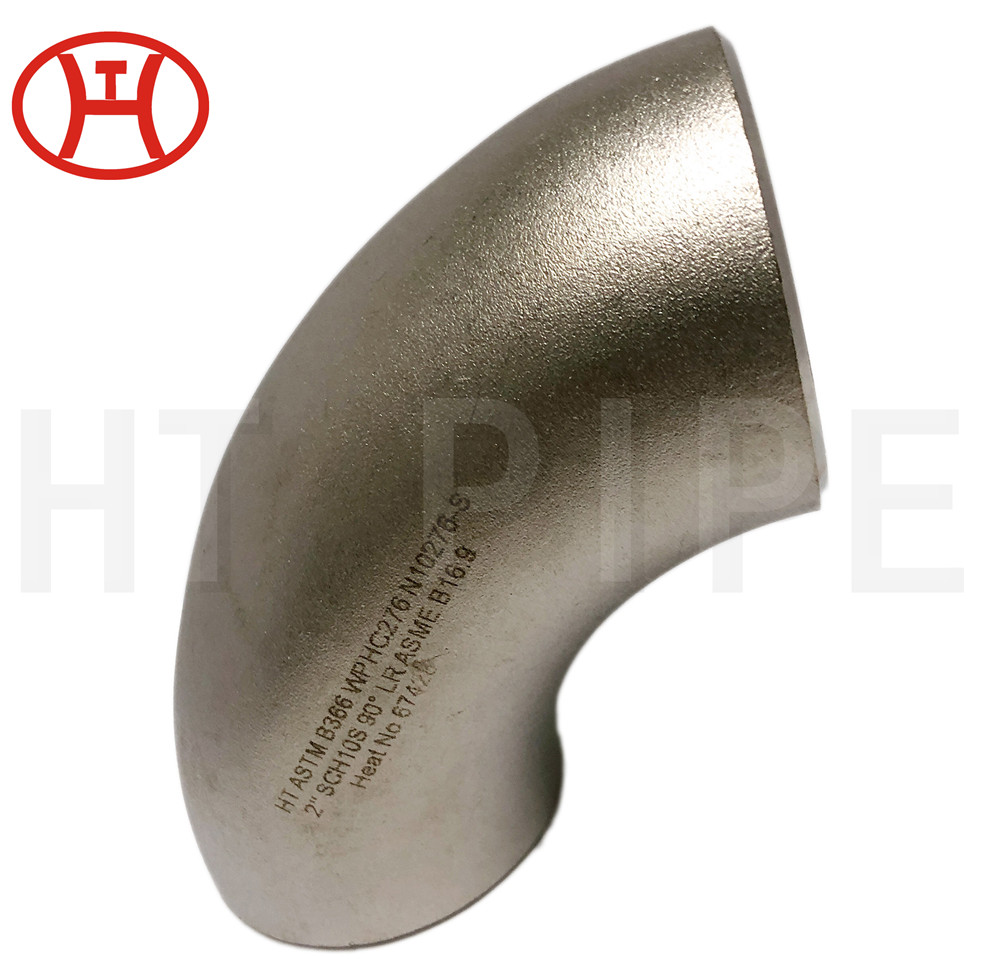ASTM B366 UNS N06022 nickel alloy reducer
Biggest Nickel Alloy C22 Elbow Manufacturer in China as Per B16.9 Standard, Refer Dimensions and Weight Chart ASTM B366 UNS N06022 Reducer
In terms of its chemistry, Alloy C22 elements such as contents of chromium, molybdenum, tungsten along with containing a controlled content of iron. The high chromium content used to alloy the Hastelloy UNS N06022 Fittings is what provides the alloy with good resistance to oxidizing media. On the other hand, molybdenum in conjunction with tungsten content gives the Hastelloy C22 Reducer good resistance to reducing media. Hastelloy C22 fittings have excellent resistance to both oxidizing as well as reducing acid environments. These B16.9 pipe fitting reducers particularly prove to be useful due to their resistance to pitting and crevice corrosion in acid and halide containing environments. Typically, the applications of Hastelloy C22 Pipe Fittings include the pollution control, flue gas desulfurization, chemical processing, waste incineration and pulp and paper processing industries.
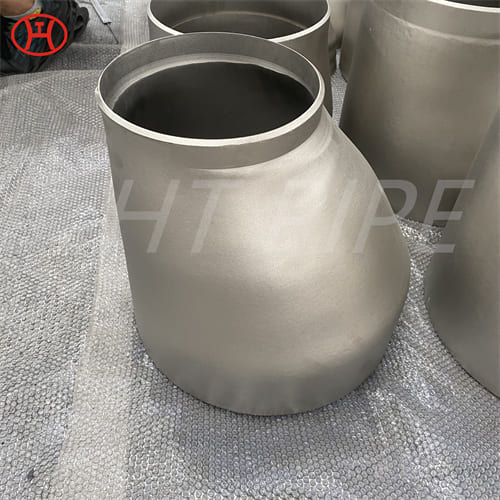
This nickel alloy also offers optimum resistance to environments where reducing and oxidizing conditions are encountered in process streams. B16.9 pipe reducer is beneficial in multi- purpose plants where such “upset” conditions occur frequently.
This nickel alloy UNS N06022 reducer resists the formation of grain-boundary precipitates in the weld heat-affected zone, thus making it suitable for most chemical process applications in the as-welded condition.
ASTM B366 UNS N06022 Reducer should not be used in service temperatures above 1250° F due to the formation of detrimental phases which form above this temperature.
Hastelloy C22 Pipe Fittings Spec Chart
| Dimensions | ASME B16.28, MSS-SP-43, ASME/ANSI B16.9, BS4504, BS10, BS4504, BS1560, |
|---|---|
| Thickness | SCH10, SCH 80, SCH 100, SCH20, SCH30, STD SCH40, SCH 160, XXS, SCH60, XS, SCH 120, SCH 140, available with NACE MR 01-75 |
| Type | DN15-DN1200 |
| Connection | Welding |
| Bending Radius | R=2D, 3D, 5D, 6D, 8D, 1D, 10D or Custom |
| Manufacturing process | Press, Forge, Push, Cast, etc. |
| Specialized manufacturer of | Tees, Crosses, Reducers, 90º Elbows, Stub End, Pipe Bend, 45º Elbows, Pipe Cap |









































































































